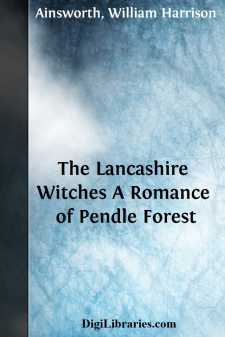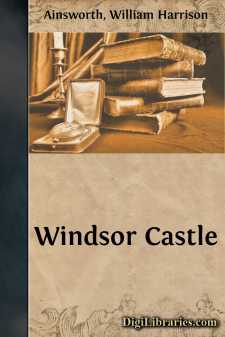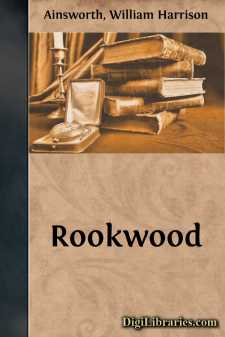Categories
- Antiques & Collectibles 13
- Architecture 36
- Art 48
- Bibles 22
- Biography & Autobiography 813
- Body, Mind & Spirit 142
- Business & Economics 28
- Children's Books 15
- Children's Fiction 12
- Computers 4
- Cooking 94
- Crafts & Hobbies 4
- Drama 346
- Education 46
- Family & Relationships 57
- Fiction 11828
- Games 19
- Gardening 17
- Health & Fitness 34
- History 1377
- House & Home 1
- Humor 147
- Juvenile Fiction 1873
- Juvenile Nonfiction 202
- Language Arts & Disciplines 88
- Law 16
- Literary Collections 686
- Literary Criticism 179
- Mathematics 13
- Medical 41
- Music 40
- Nature 179
- Non-Classifiable 1768
- Performing Arts 7
- Periodicals 1453
- Philosophy 64
- Photography 2
- Poetry 896
- Political Science 203
- Psychology 42
- Reference 154
- Religion 513
- Science 126
- Self-Help 84
- Social Science 81
- Sports & Recreation 34
- Study Aids 3
- Technology & Engineering 59
- Transportation 23
- Travel 463
- True Crime 29
The Lancashire Witches A Romance of Pendle Forest
Description:
Excerpt
INTRODUCTION.
The Last Abbot of Whalley.
There were eight watchers by the beacon on Pendle Hill in Lancashire. Two were stationed on either side of the north-eastern extremity of the mountain. One looked over the castled heights of Clithero; the woody eminences of Bowland; the bleak ridges of Thornley; the broad moors of Bleasdale; the Trough of Bolland, and Wolf Crag; and even brought within his ken the black fells overhanging Lancaster. The other tracked the stream called Pendle Water, almost from its source amid the neighbouring hills, and followed its windings through the leafless forest, until it united its waters to those of the Calder, and swept on in swifter and clearer current, to wash the base of Whalley Abbey. But the watcher's survey did not stop here. Noting the sharp spire of Burnley Church, relieved against the rounded masses of timber constituting Townley Park; as well as the entrance of the gloomy mountain gorge, known as the Grange of Cliviger; his far-reaching gaze passed over Todmorden, and settled upon the distant summits of Blackstone Edge.
Dreary was the prospect on all sides. Black moor, bleak fell, straggling forest, intersected with sullen streams as black as ink, with here and there a small tarn, or moss-pool, with waters of the same hue—these constituted the chief features of the scene. The whole district was barren and thinly-populated. Of towns, only Clithero, Colne, and Burnley—the latter little more than a village—were in view. In the valleys there were a few hamlets and scattered cottages, and on the uplands an occasional "booth," as the hut of the herdsman was termed; but of more important mansions there were only six, as Merley, Twistleton, Alcancoats, Saxfeld, Ightenhill, and Gawthorpe. The "vaccaries" for the cattle, of which the herdsmen had the care, and the "lawnds," or parks within the forest, appertaining to some of the halls before mentioned, offered the only evidences of cultivation. All else was heathy waste, morass, and wood.
Still, in the eye of the sportsman—and the Lancashire gentlemen of the sixteenth century were keen lovers of sport—the country had a strong interest. Pendle forest abounded with game. Grouse, plover, and bittern were found upon its moors; woodcock and snipe on its marshes; mallard, teal, and widgeon upon its pools. In its chases ranged herds of deer, protected by the terrible forest-laws, then in full force: and the hardier huntsman might follow the wolf to his lair in the mountains; might spear the boar in the oaken glades, or the otter on the river's brink; might unearth the badger or the fox, or smite the fierce cat-a-mountain with a quarrel from his bow. A nobler victim sometimes, also, awaited him in the shape of a wild mountain bull, a denizen of the forest, and a remnant of the herds that had once browsed upon the hills, but which had almost all been captured, and removed to stock the park of the Abbot of Whalley. The streams and pools were full of fish: the stately heron frequented the meres; and on the craggy heights built the kite, the falcon, and the kingly eagle....







